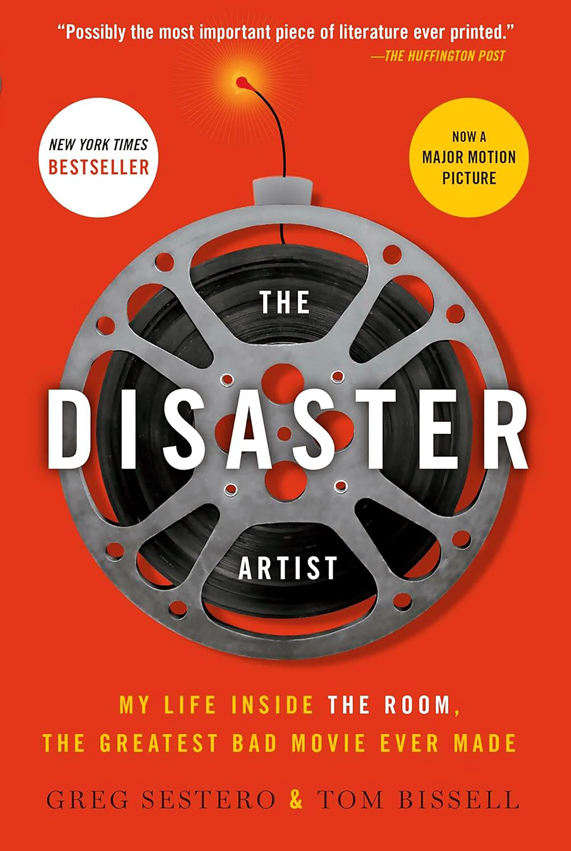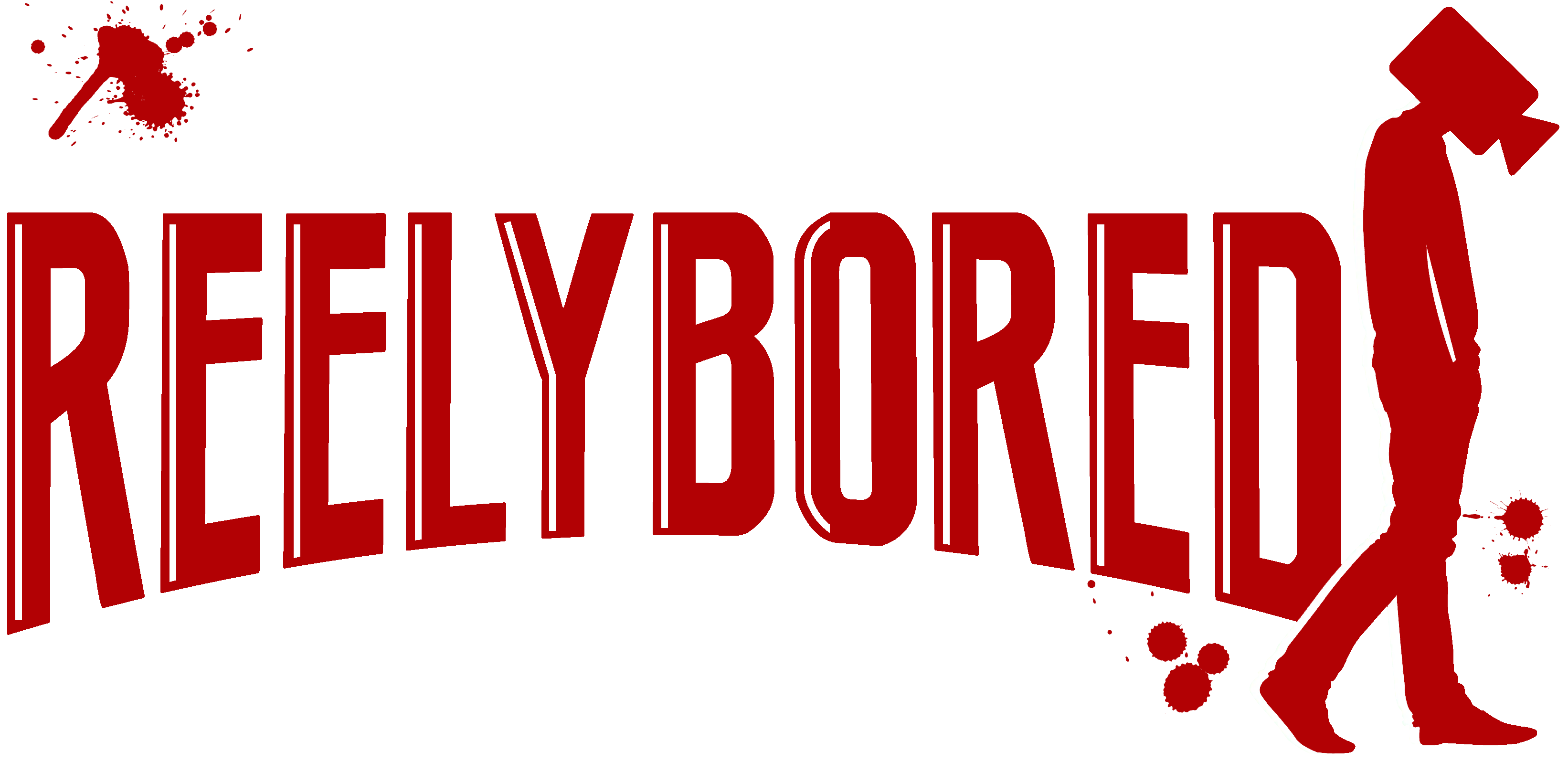The Disaster Artist Book Review

From the actor who somehow lived through it all, a “sharply detailed…funny book about a cinematic comedy of errors” (The New York Times): the making of the cult film phenomenon The Room. In 2003, an independent film called The Room—starring and written, produced, and directed by a mysteriously wealthy social misfit named Tommy Wiseau—made its disastrous debut in Los Angeles. Described by one reviewer as “like getting stabbed in the head,” the $6 million film earned a grand total of $1,800 at the box office and closed after two weeks. Ten years later, it’s an international cult phenomenon, whose legions of fans attend screenings featuring costumes, audience rituals, merchandising, and thousands of plastic spoons. Hailed by The Huffington Post as “possibly the most important piece of literature ever printed,” The Disaster Artist is the hilarious, behind-the-scenes story of a deliciously awful cinematic phenomenon as well as the story of an odd and inspiring Hollywood friendship. Greg Sestero, Tommy’s costar, recounts the film’s bizarre journey to infamy, explaining how the movie’s many nonsensical scenes and bits of dialogue came to be and unraveling the mystery of Tommy Wiseau himself. But more than just a riotously funny story about cinematic hubris, “The Disaster Artist is one of the most honest books about friendship I’ve read in years” (Los Angeles Times).
Non-Fiction Book Review Blog: The Disaster Artist
“I Did Not Hit Her. I Did Not!… Oh, Hi Mark”
This line was my very first introduction to Tommy Wiseau and the very independent film, The Room, which I initially thought was some horror or thriller film considering the brooding image of Wiseau that adorns the poster for the film. Because of this, I sought it out and, without reading anything about it, I made a fresh bowl of popcorn and plopped down on the couch with my wife to watch. Ten minutes later, I took the movie off. My wife and I looked at one another, flabbergasted. What were we watching?! Again, this was barely ten minutes into the film. The scene that took us aback was when Johnny (Tommy Wiseau) and Lisa (Juliette Danielle) go to the upstairs bedroom for some sexy time when Denny, a curious teenager played by a then 26-year-old Philip Haldiman, curiously takes a long bite of an apple and meanders his way upstairs behind the couple, unbeknownst to them. Upstairs, Johnny and Lisa throw themselves on the bed and a light pillow fight ensues as they get into the mood? Shortly thereafter, Denny jumps into the mix and he burrows himself in between Johnny and Lisa. I have my wife another look. Where is this going? I thought. Thankfully, there was no ménage à trois. There was, however, a lengthy one-on-one session that prominently featured the pale, bare ass of Tommy Wiseau as he thrust into what seemed like Lisa’s belly button. I couldn’t anymore. I simply could not take this film seriously so I filed The Room into my DNF (did not finish) pile and moved on.
Sometime later, when watching a YouTube video featuring bad acting in movies, Tommy Wiseau again popped onto my radar. The scene selected for this YouTube video is perhaps known to just about everyone on the planet. The scene?
I never made it that far when watching the film, so did not know what to expect. Upon watching the scene, I cringed, then laughed. I was almost tempted to watch the film just to get a good laugh, but thought better of it and decided that my time was too precious to be wasted. Still, throughout the years, I constantly saw, even mimicked, the “Hi Mark” line, and it always gave my wife and I had a good chuckle. Then, while browsing a bookstore, I found a copy of The Disaster Artist by Greg Sestero. It was a book about Sestero, Tommy Wiseau, and the making of The Room. It was a book that I had no business reading because:
A.) I did not see the movie,
B.) I had no interest in reading about something that I had no interest in, and
C.) I had better things to do.
Still, for whatever reason, I picked it up. I can only surmise that it was free or at a library sale. Either way, The Disaster Artist was now on my shelf and part of my personal library. There, it would sit for maybe seven or eight years before I would finally pick it up and give it a read. What finally enticed me to read the book? Nothing in particular, but simple curiosity. I wanted to read something different, something from the “industry.”
Knowing very little about Tommy Wiseau, Gregory Sestero, and The Room, I think I can say that I went into this book semi-blind. The book, written by Greg Sestero, who also plays ‘Mark’ in The Room, recounts the events and the aftermath that lead up to the film and its cult-like status. Furthermore, I could not help but wonder if there would be an insight into Tommy Wiseau and his enigmatic characteristics. I wasn’t sure what I was getting myself into with this book, so I braced myself to abandon this book the same way I DNF’d the movie. But, to my surprise, after reading the first few pages of The Disaster Artist, I was hooked. Sure, the movie was already in the books, but I really had no interest in the film starring James and his brother Dave Franco, which I eventually did see (more on that later).
The Disaster Artist is a non-linear account of how Sestero and Wiseau crossed paths and their journey that led them to the creation of The Room. Being that Sestero wrote this, one can only assume that there is some speculation on some bits regarding Wiseau. Wiseau has even commented, in interviews, that not everything in the book is true. Still, it is Sestero’s point of view and, as such, the narrative is to be interpreted in that manner. Having said that, Sestero steers clear of writing about the inner thoughts and musings of Wiseau because there is no way he could interpret any of that. He can, however, surmise his own interpretations through the obvious — his observation and interactions.
Sestero paints a rather unique tale of his meeting with Wiseau, his story, and some background to the mysterious man and brings him to life rather than portray Wiseau as a caricature. Sure, there were moments where I was scratching my head, trying to figure out Wiseau‘s motives and actions but slowly Sestero put a few pieces of the puzzle together that helped me to have a better understanding of this mysterious man. It was enough to elicit some sort of emotion and sympathy. After Reading The Disaster Artist, Tommy Wiseau was no longer a “joke”. I now view Wiseau as a person with passion and a dream that made them come to fruition. That spoke volumes! Of course, it is also revealed that Wiseau is wealthy and has the means to embark on an ambitious project where money seems to be no object. There are not many people with passion, and a dream can do what Tommy did in this manner. Other ways, yes.
About halfway through the book, I stopped reading to watch The Room. There are spoilers in the book and I wanted to watch the film with a clean slate. I was also curious to see some antics described in the book. I was like a kid in a candy shop at this point. This time, however, I could put aside its flaws and appreciate the film for what it is. To my surprise, I enjoyed it despite the many, many flaws. Having a peek behind the curtains certainly helped with this. I was able to feel for the characters (and actors) a hell of a lot more than prior to reading the book, even though I had yet to finish it. I even ordered myself a signed Blu-ray from someone, Tommy, I think (hope).
In the end, The Disaster Artist completely blew me away! I went in expecting very little and came out feeling exhilarated, saddened, and appreciative of the story Sestero told. There was extreme satisfaction in reading about the friendship that ensued between Greg and Tommy, all because Greg gave an odd stranger a chance. It spoke volumes about what can happen when you simply give people a chance. Sure, it could have worked the other way as well, where Wiseau could have killed Sestero (a point brought up more than once in the book). But, thankfully, no such thing happened and Tommy proved to be a kind soul despite his awkward antics.
Regarding the film adaptation of The Disaster Artist, I gave it a watch immediately after finishing the book. I went in with low expectations because of how great the book was. The reviews for the films were stellar so there was some hope. Unfortunately, this was not the case. The film adaptation was a weak attempt at bringing the source material to life. I watched it with my wife and had to keep explaining to her, much to her detriment, that ‘this’ or ‘that’ didn’t happen or it happened much differently in the book. Yes, I know that because of time constraints, etc. there is only so much that is adaptable into the film. There were some liberties and omissions that I was not a fan of. James Franco made a valiant effort trying to portray Wiseau, and he did OK for the most part. I liken his performance, not to an acting performance, but of mimicry. So, no, I was not a fan of the film. Stick to the book, you will not regret it!
